A team of scientists based at the Heinz Maier-Leibnitz Zentrum (MLZ) has taken an important step toward developing safer and more efficient batteries. Their research reveals how sodium ions diffuse and migrate through a promising class of solid materials known as NASICONs. The findings, published in the journal Materials Chemistry A, could support the future development of sodium-based solid-state batteries for applications ranging from electric vehicles to grid-scale energy storage.
MLZ is a cooperation between:
 > Technische Universität München
> Technische Universität München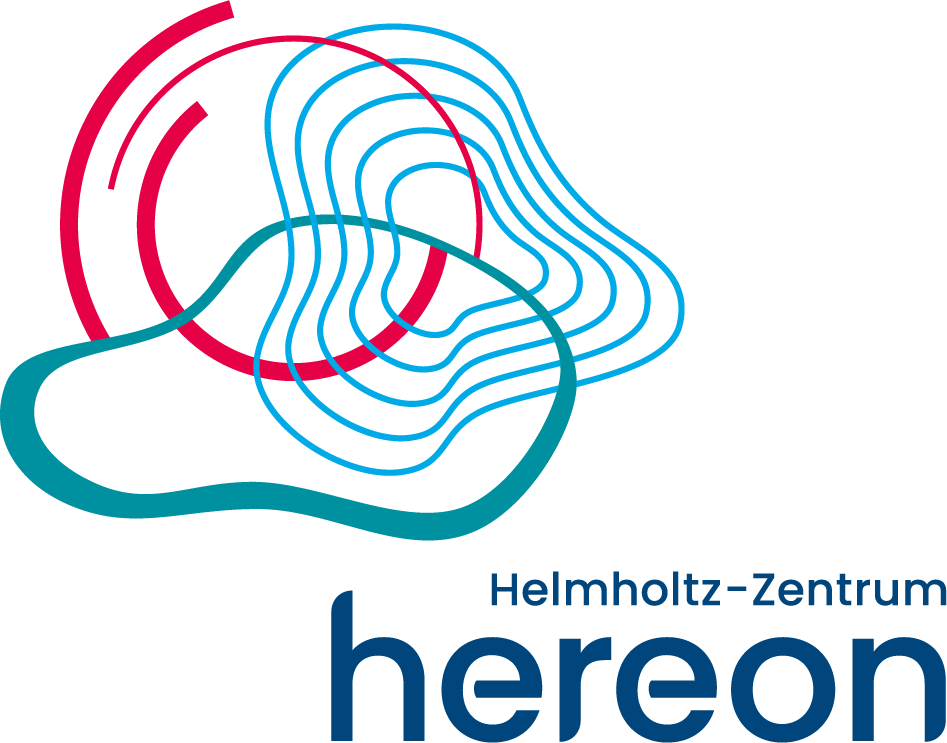 > Helmholtz-Zentrum Hereon
> Helmholtz-Zentrum Hereon
 > Forschungszentrum Jülich
> Forschungszentrum Jülich
MLZ is a member of:
 > LENS
> LENS > ERF-AISBL
> ERF-AISBL
MLZ on social media:

MLZ (eng)
Lichtenbergstr.1
85748 Garching
Energy
Energy, energy supply, and energy carriers are topics which play an increasingly important role in modern life. Diminishing fossil fuels such as coal, oil and natural gas requires the augmented use of regenerative energy sources. Available energy resources must be stored and used effectively. Research at the Forschungs-Neutronenquelle Heinz Maier-Leibnitz is focused, among other things, on energy transformation, storage and transportation, hydrogen storage, batteries, fuel cells, superconductivity and mining, including oil recovery.
MLZ addresses the Grand Challenges
- 11.11.2025
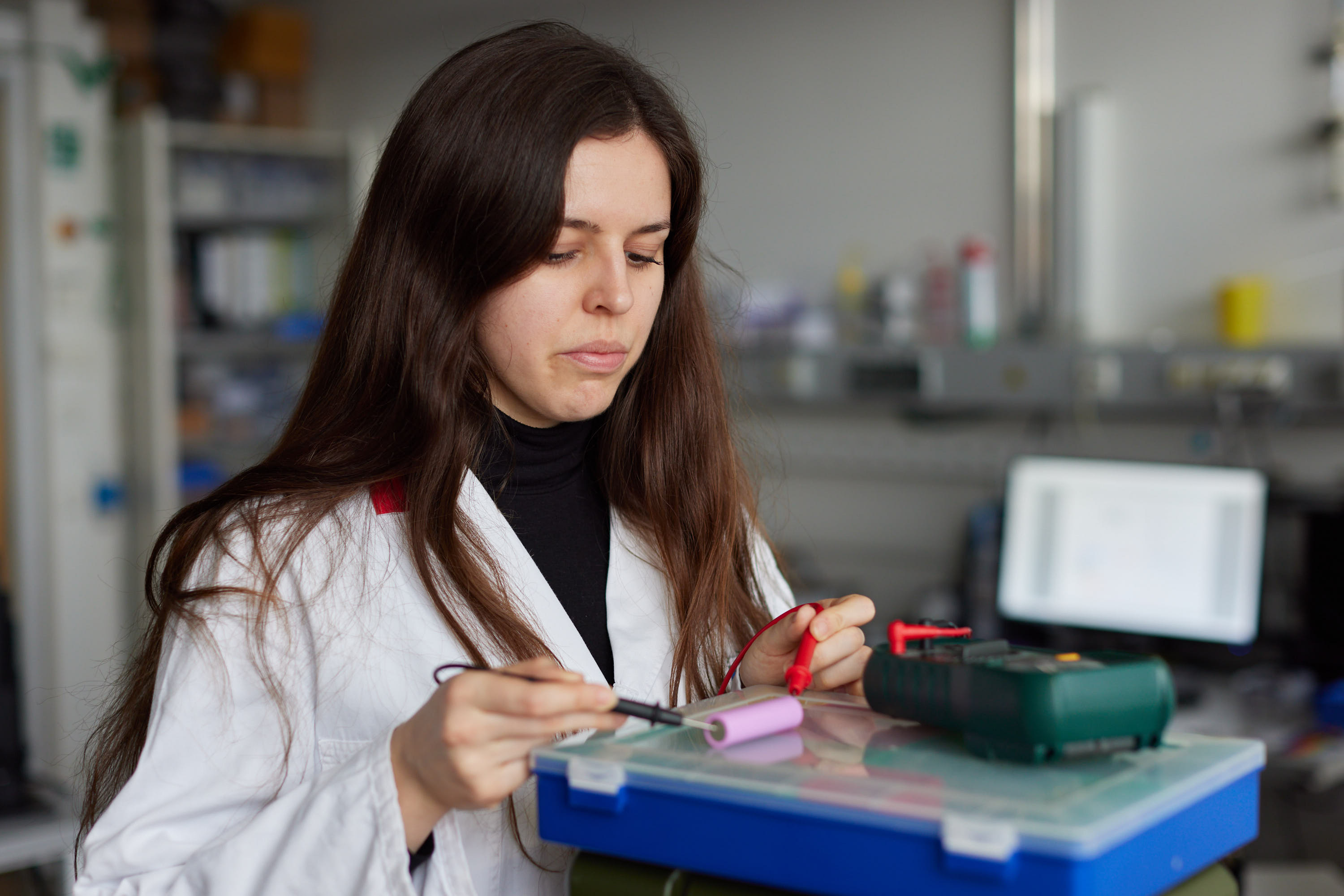
- 29.09.2025
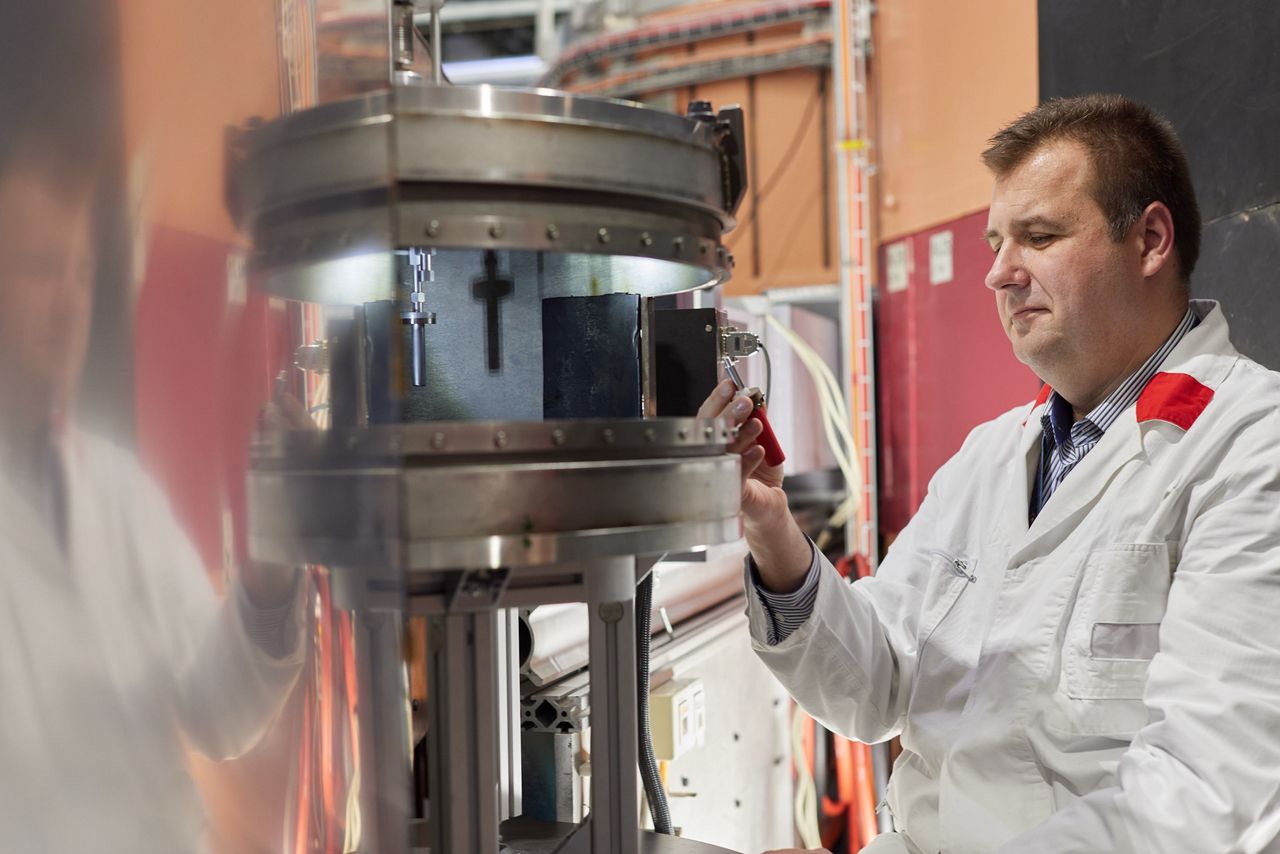
How can lithium-ion batteries become more efficient? A research team involving Dr Senyshyn from the MLZ has measured a key degradation process in battery cathodes that will enable even more efficient lithium-ion batteries.
- 23.07.2025

To advance the development of fusion energy reactors, a new joint research project is being launched at the Technical University of Munich (TUM). The project will investigate the properties of innovative high-temperature superconductors (HTS), which are used to control the extremely hot plasma in the reactor, under extreme conditions. In addition to TUM’s Heinz Maier-Leibnitz Research Neutron Source (FRM II), the Max Planck Institute for Plasma Physics (IPP) and the company THEVA are also participating in the HTS4Fusion project, which is funded by the Federal Ministry of Research, Technology, and Space (BMFTR).
- 04.06.2025
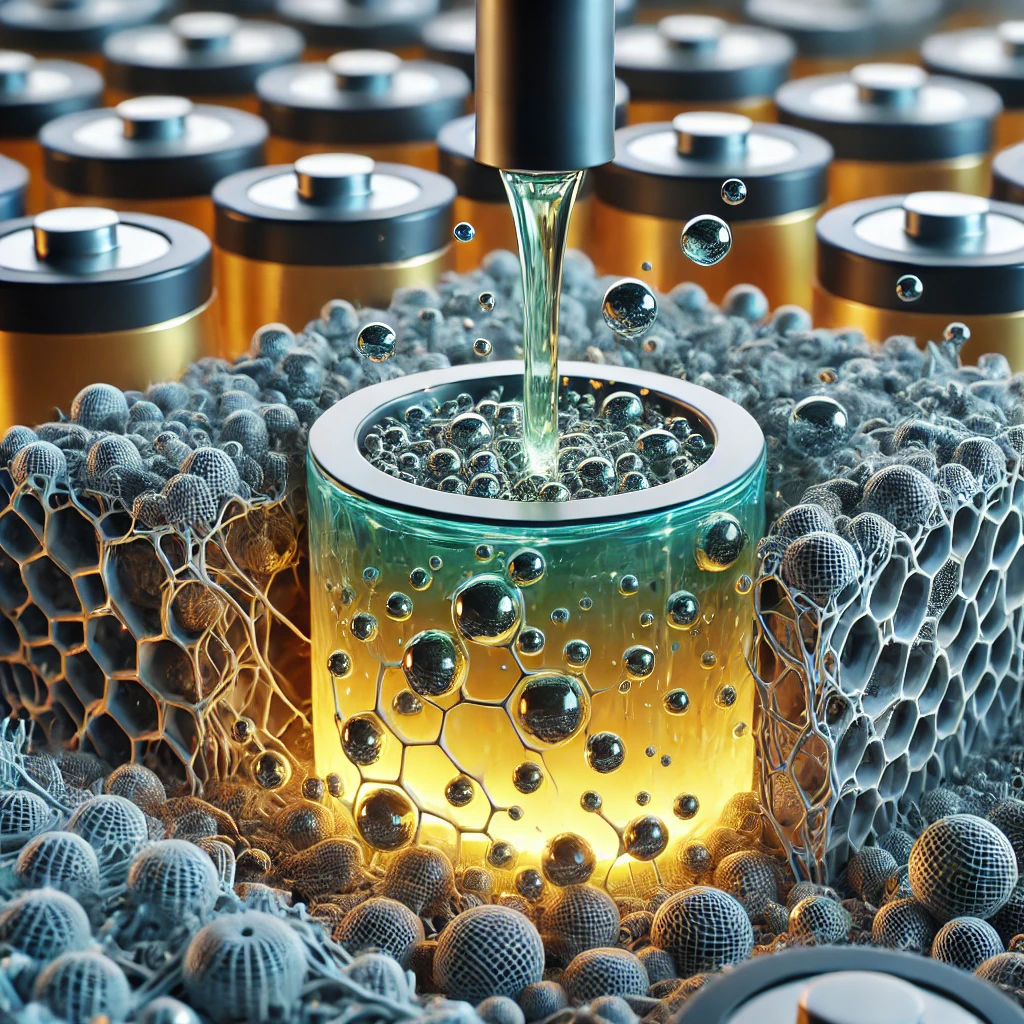
Lithium-oxygen batteries could one day supersede the widely used lithium-ion batteries because, in theory, their energy density is 10 times higher. However, the technology of lithium-oxygen batteries is not yet ripe for commercial exploitation. Neutrons shed light on possible electrolytes and cathode materials.
- 09.05.2025
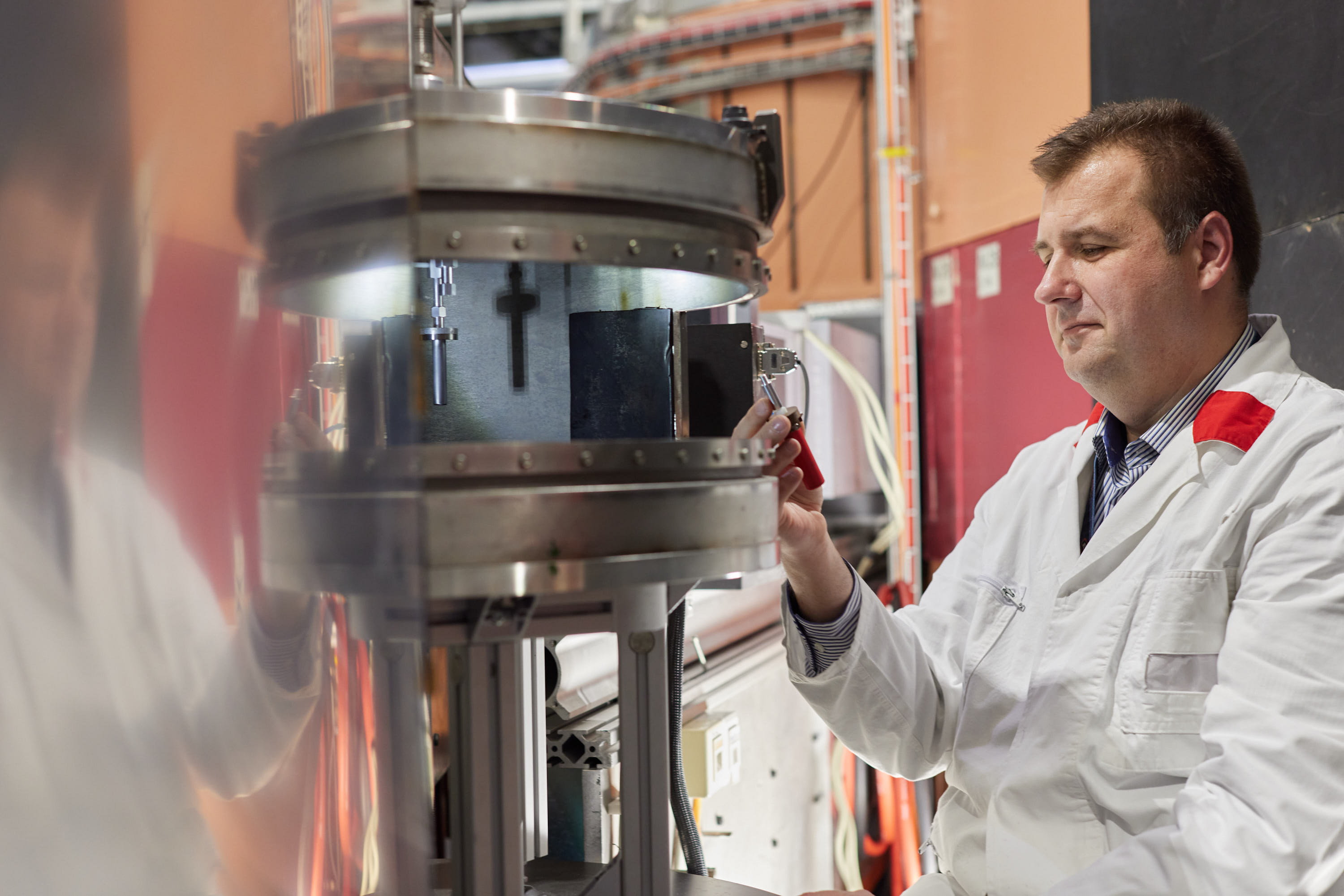
Solid-state batteries are considered a key technology for the future: they can store more energy and do not rely on flammable materials like current lithium-ion batteries. Researchers at TUM and TUMint.Energy Research have now taken a significant step towards improving solid-state batteries. They developed a new material made of lithium, antimony and scandium that conducts lithium ions more than 30% faster than any previously known material. Dr. Anatoliy Senyshyn, head of the structural research group at the MLZ and instrument scientist at SPODI, also helped with this work.
- 17.04.2025
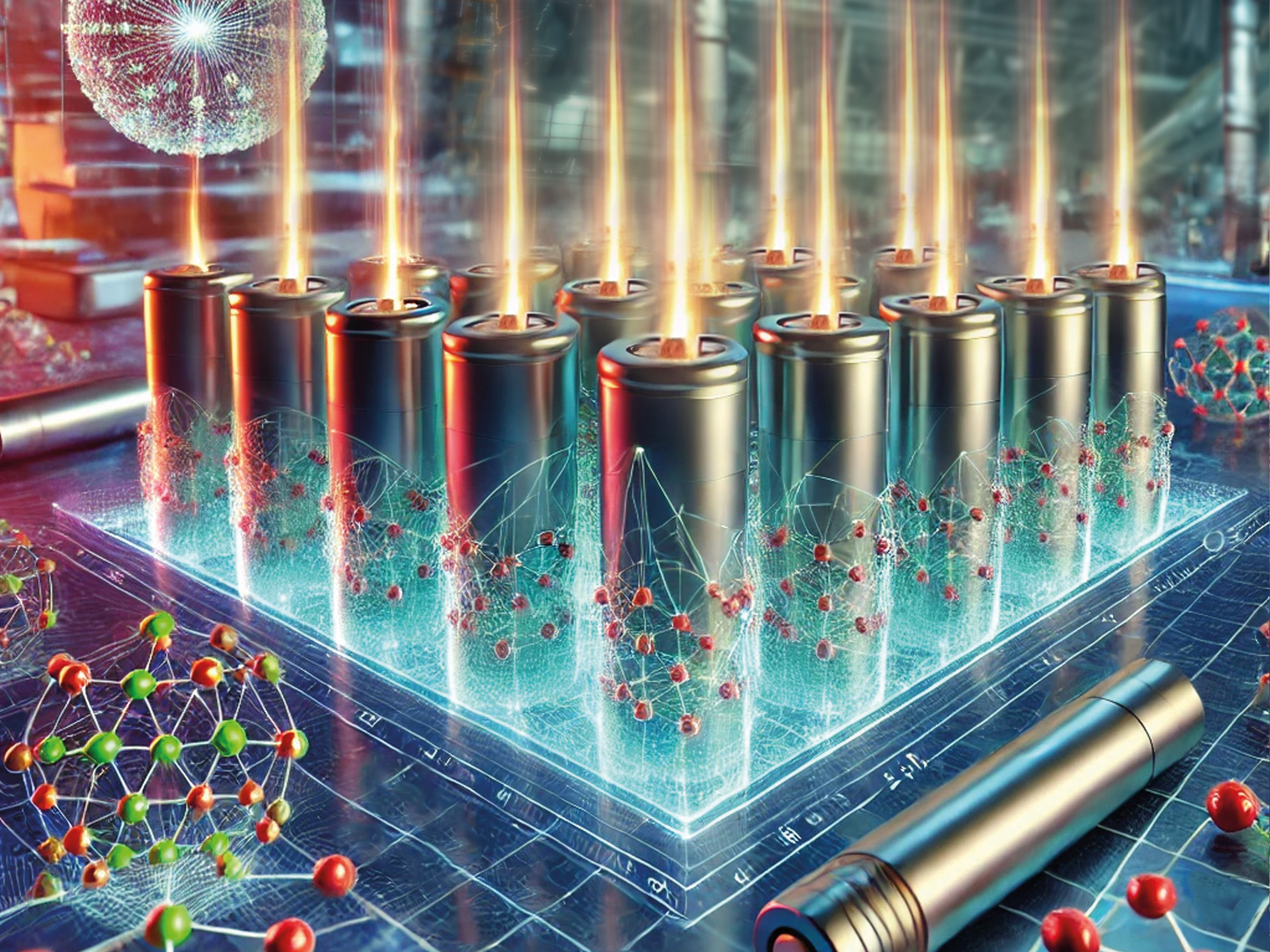
When charged, the graphite anode in a Li-ion battery (LIB) can be exposed to temperature- driven changes, causing structural degradation and negatively affecting its performance. X-rays and neutrons help to reveal the underlying processes behind these changes.
- 19.03.2025
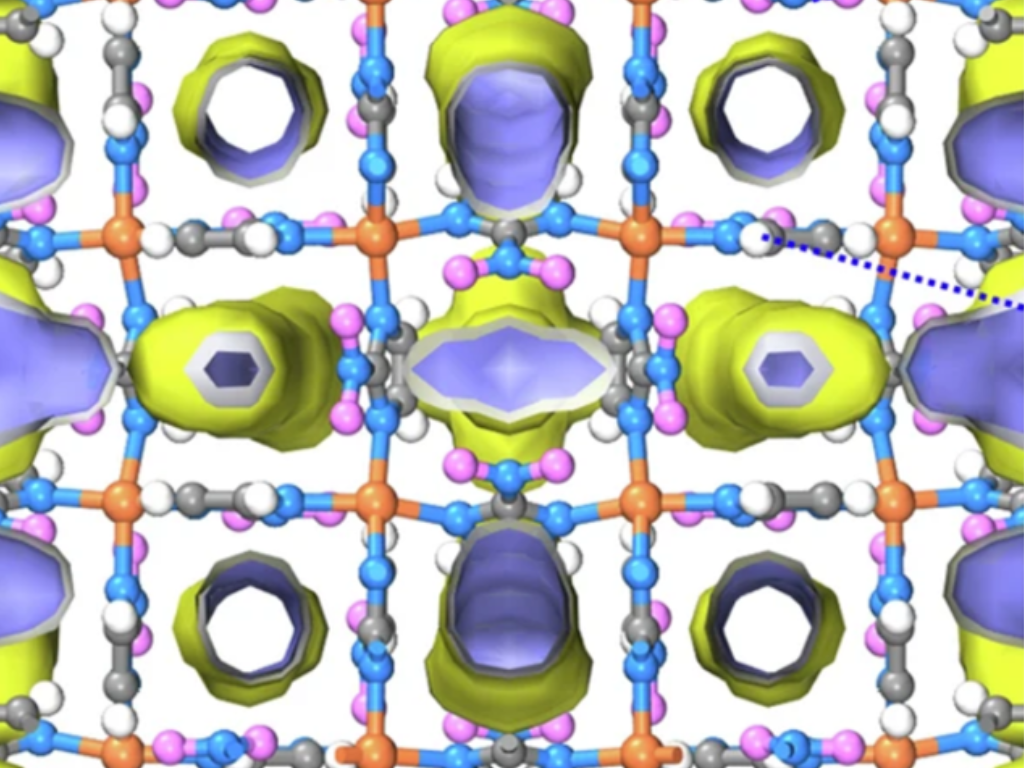
An international research team has characterized a new material, which could be applied to separate deuterium from hydrogen. Deuterium is for example needed as fuel in fusion reactors.
- 14.02.2025
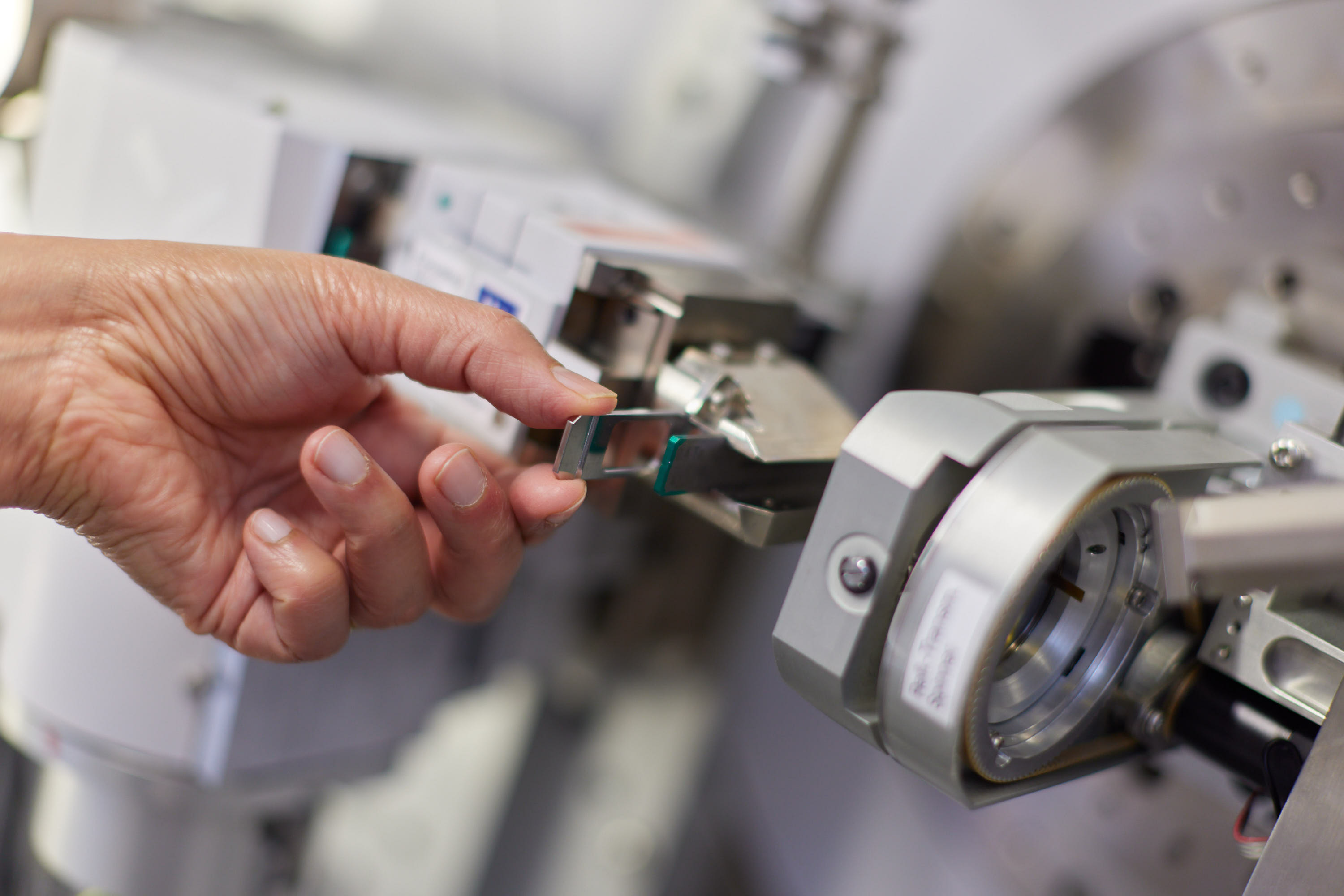
Lithium-ion batteries are essential for modern devices, so researchers continuously work on safer and more efficient alternatives. A research team led by Argonne National Laboratory (DOE) and Dr. Neelima Paul and Dr. habil Ralph Gilles from the Heinz Maier-Leibnitz Zentrum (MLZ) revealed key insights into solid electrolytes for solid-state batteries. Neutron diffraction experiments played a central role in this. Their findings could lead to safer, more energy-efficient batteries.
MLZ is a cooperation between:
 > Technische Universität München
> Technische Universität München > Helmholtz-Zentrum Hereon
> Helmholtz-Zentrum Hereon
 > Forschungszentrum Jülich
> Forschungszentrum Jülich
MLZ is a member of:
 > LENS
> LENS > ERF-AISBL
> ERF-AISBL
MLZ on social media:



